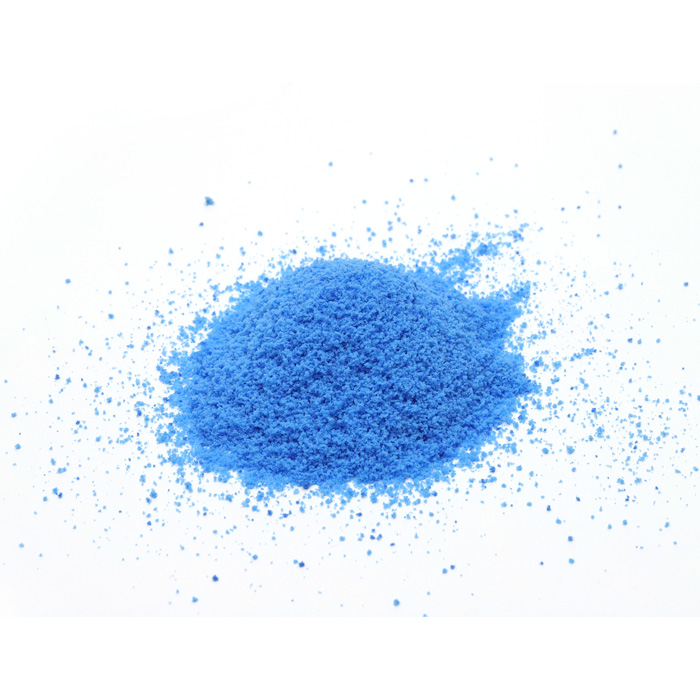Silica gel powder needs strict quality control during the production process to ensure its performance and consistency. The following are several common quality control methods:
Raw material control: Ensure that the purity and quality of the raw materials meet the requirements to avoid impurities affecting the performance of silica gel powder. High-purity silicon sources and auxiliary materials are usually used to ensure the stable quality of the finished product.
Temperature and humidity control: The production process of silica gel powder usually involves high-temperature treatment, and temperature control is very important. Too high or too low temperature will affect the structure and particle size of silica gel powder, leading to quality problems. At the same time, humidity will also affect the dryness and particle size distribution of silica gel powder, so the humidity of the production environment needs to be controlled.
Particle size control: The size and distribution of particles are controlled by screening, laser particle size analysis and other methods to ensure that the product meets the standard requirements. Uneven particle size may affect the performance of silica gel powder.
Sintering process control: The time, temperature and atmosphere of silica gel powder need to be accurately controlled during the sintering process to ensure that the performance indicators such as the pore structure and specific surface area of the product meet the standards.
Chemical composition analysis: Chemical analysis is performed regularly to ensure that the chemical composition of silica gel powder meets the requirements and avoid deviations during the production process.
Physical property testing: including tests such as specific surface area, porosity, and adsorption performance. These physical indicators are the key to measuring the quality of silica powder and must be strictly tested in accordance with standards.
Batch monitoring: Through batch control and traceability systems, ensure that each batch of silica powder meets quality requirements. If a batch is found to have problems, it can be isolated and handled in time.
Production equipment maintenance and calibration: Regularly maintain and calibrate production equipment to avoid quality problems in production caused by equipment failure.
These control measures help ensure the stable quality of silica powder and meet the requirements of different application fields.


